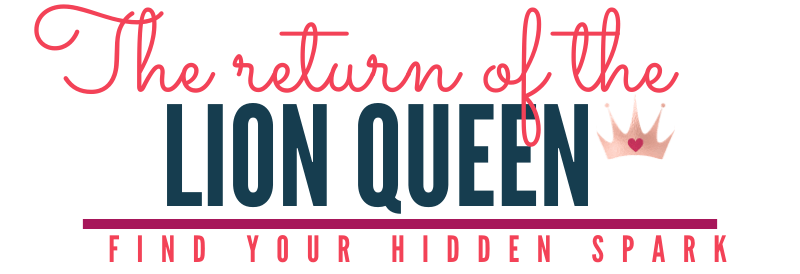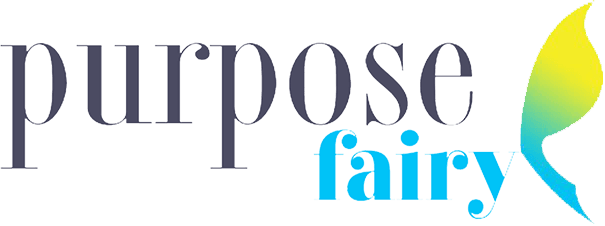Do you feel that you get drawn into other peoples issues and feel it’s your job to sort it out? If you feel conflicted to draw lines in relationships or struggle with overwhelm because of constantly firefighting, I invite you to read my post. This is what I believe was the most enlightening piece of Psychology called the Karpman’s Drama Triangle. It helps you get insight into the minds of people and understand their motivation behind it. Personally, for me, it was like a Eureka moment and equipped me to solve conflicts with more wisdom and understanding.
What is the Karpman Drama Triangle?
The Karpman triangle is a social model of human interaction coined by Karpman in 1968. Thank you, Karpman, for showing me the light! The triangle maps a type of destructive interaction that can occur between people in conflict.

How does the Karpman Drama triangle help solve conflicts
What does the theory say ? Can it solve conflicts?
The theory says that there are 3 roles in all stories and conflicts, whether it is real life or not. He explained them as the Victim, the Persecutor and the Rescuer. What games do you think these people play? Let’s dive down to understand each of them.

What are the three roles
The Victim Role
The victim is the person who always says “Oh poor me!” and is in the need of rescuing. They are the ones who believe that they cannot help themselves and that they need someone to rescue them. Most movies and society thrive on this victim role
The Persecutor Role
The role of the perpetrator, aka the baddie, is to harass the victim like the baddie has no better work but to scheme and torture others. I do know that there are vicious people in the world, but let’s admit it for the best part, we as humans are a pretty decent lot. Anyways the baddie is the guy who always blames and ridicules others. It is our very own finger-wagging baddie’s and their most oft used mantra is ‘It is your fault!’
The Rescuer Role
The role of the rescuer, aka the knight in shining armour galloping on his white horse is to save the day. He seems like the noble and all enduring soul or the glorified martyr who sacrifices himself for others or the one who doesn’t think of himself but only of others. While we cry bucketful of tears and nod with approval of the rescuer role and believe that it is profound love, the truth is that such kind of love is toxic.
Mirror mirror on the wall, which is the best role of them all? Can any of them solve conflicts?
Surprise, Surprise, it’s none of them! Karpman says that all these three roles are roles of victimhood. Are you surprised, huh!? Who would think of the baddie and hero as victims? Certainly not I. Well, the reason he states are :
- The victim for believing that they are incapable of sorting out their problem. It is the -‘ You are the only one who can help me!’ attitude which for obvious reasons is victim-like.
- The baddie, for believing that they live in a dangerous world or for holding beliefs like’ Might is Right’ or’ Grab before someone grabs from you’. Basically what he says, is that the baddie is someone who has not had their needs met and believes they are victims and hence feel justified when they attack. He adds that they quickly move to the victim role when someone stands up to them.
- The rescuer, for feeling obligated to rescue. They believe that the world falls apart without their rescue mission. The underlying truth beneath that lie is a belief that their needs are not important and to disguise their unmet needs, they focus on the needs of others and ignore/ deny their own problems. They do injustice to themselves on two fronts. First, by ignoring their own issues and second, to feel some sense of worth, they do the victims work for them. This, in turn, makes the ‘ victim feel incapable of solving their own problem. The victim, who secretly does not like feeling incapable, persecutes the Rescuers. The rescuer then becomes the martyr who feels used and whines -‘After all I have done for that person, this is what I get!’ and goes into the Victim Zone.
What is the motivation for playing these roles?
The motivation for each of the roles is simple because each one gets their own psychological needs met. This is done in a manner that they feel is justified without acknowledging their broader dysfunction and the harm they are causing themselves and others.
How often do we play these roles?
Karpman says that we all rotate through these positions, sometimes within minutes or seconds, many times during the day. However, each of us has a primary role (a starting point), which is the place we usually get hooked into the triangle. This is the starting point and we learn it from our family of origin. Well, well, well. Would you believe that?
How does this roles enact in every day life and how do we play this game of musical chairs ?
Let us consider a situation where an exhausted mum comes tired from work to see the house is a mess and toys scattered everywhere. In her anger, she yells at the kids (BADDIE). The kids then become the VICTIM. When dad comes home to see the drama and sees the victim, he tells her (BADDIE) to give the kids a break as they too probably had at a tiring day at school (RESCUER ROLE). Mum feels guilty for losing her cool and feels bad that dad doesn’t understand her side of the story (mum moves to victim role) and then lashes out at dad ( she becomes a Baddie again). Now, dad, the Rescuer is turned, Victim. This musical chair of Victim, Blame and Hero can continues till one of them gets out of the triangle.
How do we sort out this mess and actually solve conflicts?
The solution to solve conflict once and for all is to get out of the triangle and off the default situation. Then, we should look at the solution objectively. By doing so we get to the centre of the triangle which is the point of power. Here each person is a combination of all 3 roles. For this, we need a great dosage of Self awareness and honesty. It is where we ask our selves important questions about our rationale for doing the things we do and avoid working from a default position. At that point, each person knows and believes that they are capable of sorting their problem. It is also the point where we accept that it is alright to be vulnerable and elicit empathy for others.
The Winners Triangle – The way to solve conflicts
The winner’s triangle, developed by Ace Choy in 1990, seems to offer a solution to Karpman’s triangle. It shows the three roles in a different light highlighting how the roles could use their strengths positively. He changes the names from Persecutor to Assertive, Rescuer to Nurturing and Victim to Vulnerable. Let’s understand them better :

Vulnerable
The Victims are encouraged to accept their vulnerability and the fact that they cannot do everything alone. They should ask and accept help, thus making themselves powerful in their own right and working towards an actual solution. The key here is that they should not discount their abilities to problem-solve. The key skill for the vulnerable is problem solving and self-awareness. They can do so by asking the question – How can I solve the problem?
Nurturing
Rescuers are encouraged to give help only when asked for help. By doing so they empower the ‘victims/vulnerable to decide what they need and want. They can do so by asking the questions that enable the vulnerable to see the possibilities for positive action and focus on what they want as against what they don’t want. They believe that a vulnerable can make choices and solve problems. Secondly, they should know /learn that it is okay to say ‘No’ to others. Everyone’s problem is not their problem to solve. Instead, they should take responsibility for their feeling, needs, wants and not do things that they are not comfortable doing.
Assertive
They should know their feelings, needs and wants and get it assertively and not at the expense of others. They use their energy to solve problems and not to punish, shame or belittle or blame others. The key skill here is in identifying what they need and negotiating with others. If the other person won’t change, then using problem-solving skills, they should aim to get their needs met by maintaining their boundaries and without stepping on others.
All of these are empowerment roles and solve conflicts! It includes accepting responsibility for one’s position without asserting power over others. This, in turn, leads to a change in the whole system and the situation is lifted from Drama into potential.
Points for reflection
Do you find yourself in the drama triangle? If you do, don’t be alarmed because it just proves that you are normal. However, the first step to get off the darn triangle is to observe your behaviour and notice the following :
- Where do you see yourself in the drama triangle?
- What is your default or starting point?
- Ask yourself questions as to why do you find yourself on a particular position more often.
- What can you do to transform yourself into a more empowering role?
- How can you use this to your advantage and solve conflicts in the future?
The way forward….
The first step to getting out of the triangle is awareness of the three roles and how they play out in your life. For me, knowledge is power so begin by observing yourself in response to others. When you can see your self in these roles and understand the reasons for playing those roles, you can transform yourself into a more empowering role. You can also see other roles within this framework and understand their reason for playing them thereby developing empathy for others. Finally, you will also learn not to feel responsible for everyone’s problems and not to go on a rescue mission when the situation doesn’t demand it. Eventually, with practice and trial and error, you will learn how to avoid conflicts by being assertive, vulnerable and drawing boundaries.
RESOURCES:
Karpman Drama Triangle – Wikipedia






Leave a Reply